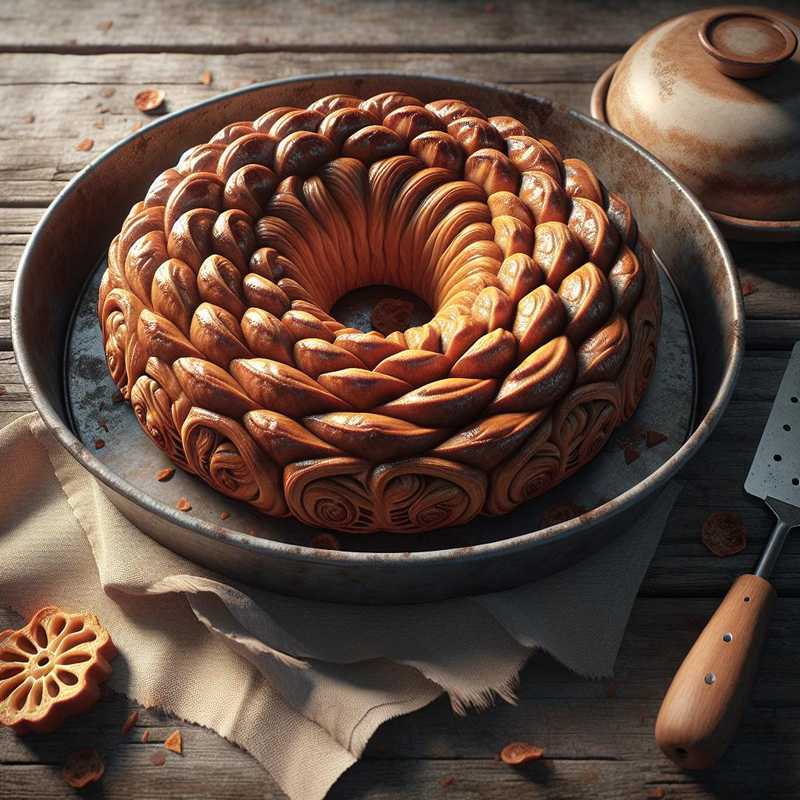Rosata di Altamura
17/11/2023The Rosata di Altamura is a traditional bread from Puglia, renowned for its crunchy crust and soft, open crumb, made with re-milled durum wheat semolina. It is a characteristic bread of Altamura, a city known for its high-quality bread-making. Here’s how to prepare the Rosata di Altamura:
Ingredients
- 1 kg of re-milled durum wheat semolina
- 600 ml of lukewarm water
- 15 g of fresh brewer’s yeast or 5 g of dry brewer’s yeast
- 20 g of fine salt
- A handful of durum wheat semolina for dusting
Preparation
- Begin by dissolving the yeast in part of the lukewarm water.
- In a large bowl, pour in the re-milled semolina and make a well in the center. Then, add the water with the dissolved yeast and start kneading.
- Gradually incorporate the rest of the water until you obtain a smooth and homogeneous dough.
- Add the salt and continue kneading until it is fully absorbed.
- Work the dough energetically for at least 10-15 minutes, until it becomes elastic and smooth.
- Form a ball with the dough and let it rise in a warm place, away from drafts, covering it with a damp cloth. Allow it to rise until it doubles in volume, about 2-3 hours depending on the room temperature.
- Once risen, take the dough, gently deflate it and give it the typical round shape of the Rosata, leaving the center slightly lower than the edges.
- Dust the surface with durum wheat semolina and make radial cuts, without reaching the center, mimicking the petals of a rose.
- Let it rest again for about 30 minutes, then bake in a preheated oven at 220 °C for about 40 minutes or until the crust is golden brown and crunchy.
- Remove the bread from the oven and let it cool on a rack before serving.
Trivia
The Rosata di Altamura, thanks to its special quality and traditional processing method, has received the DOP (Protected Designation of Origin) recognition, which protects its uniqueness and ensures that it is produced following strict production criteria within the Altamura area. Its name “Rosata” comes from the characteristic shape that resembles the petals of a rose.
